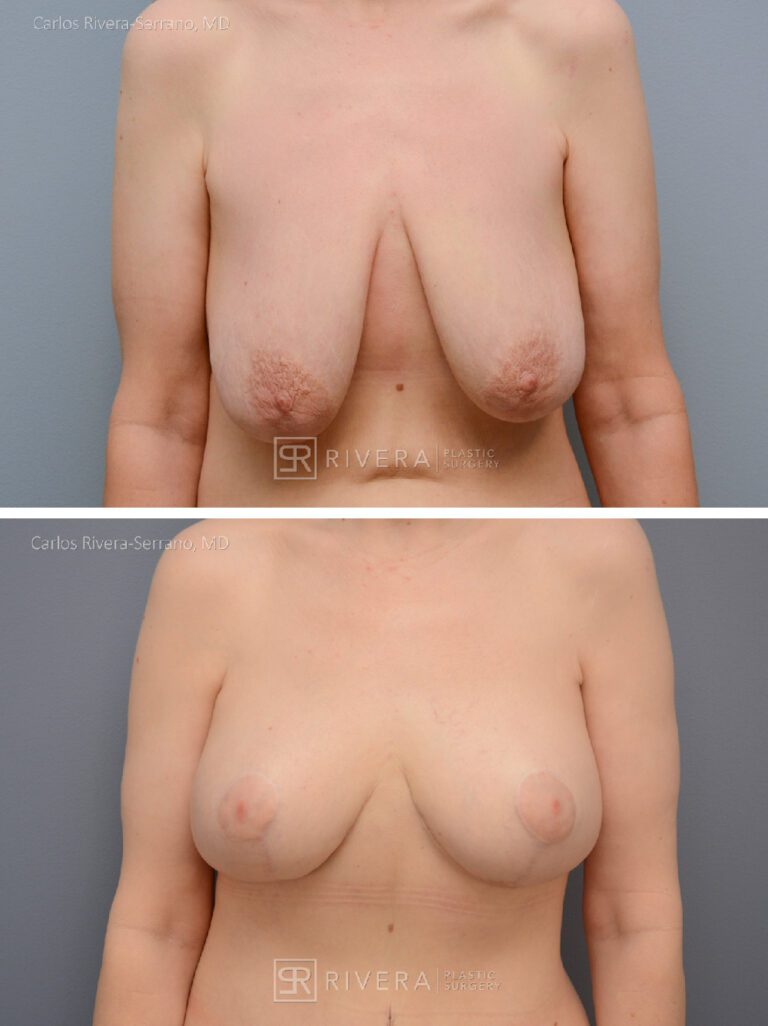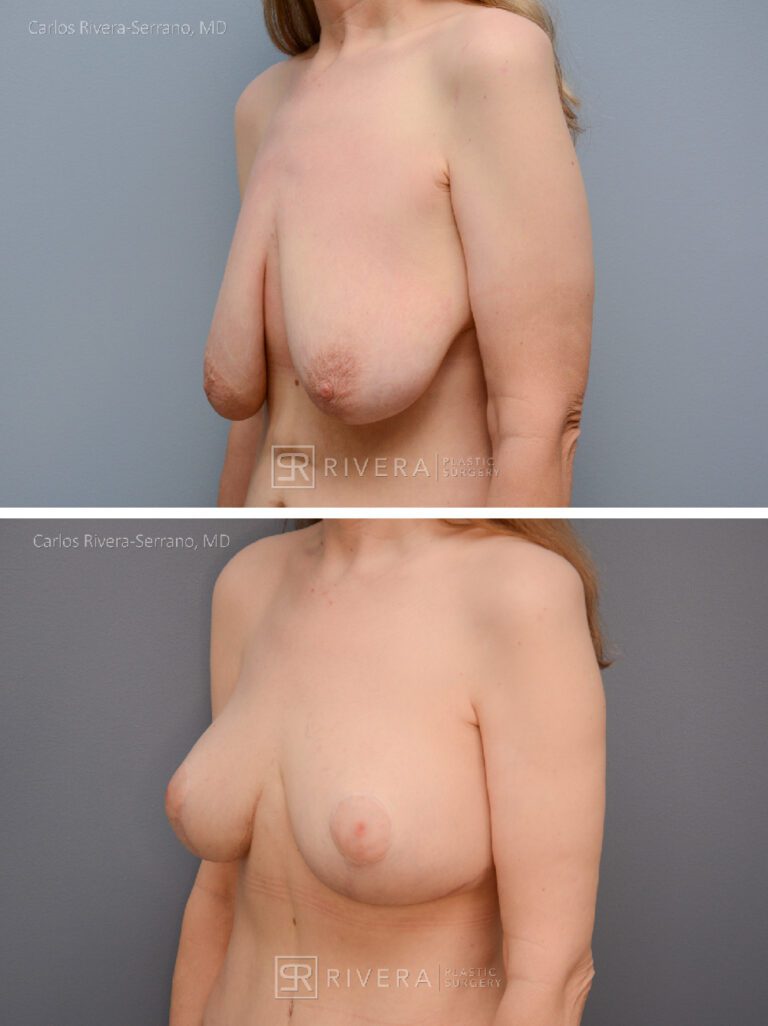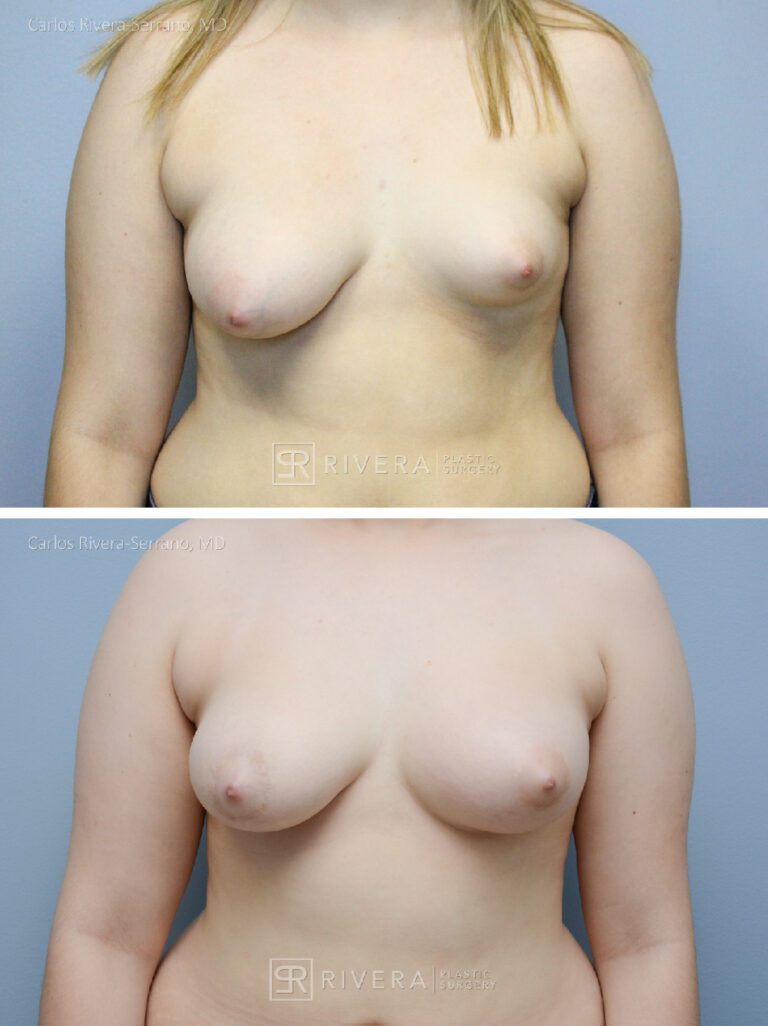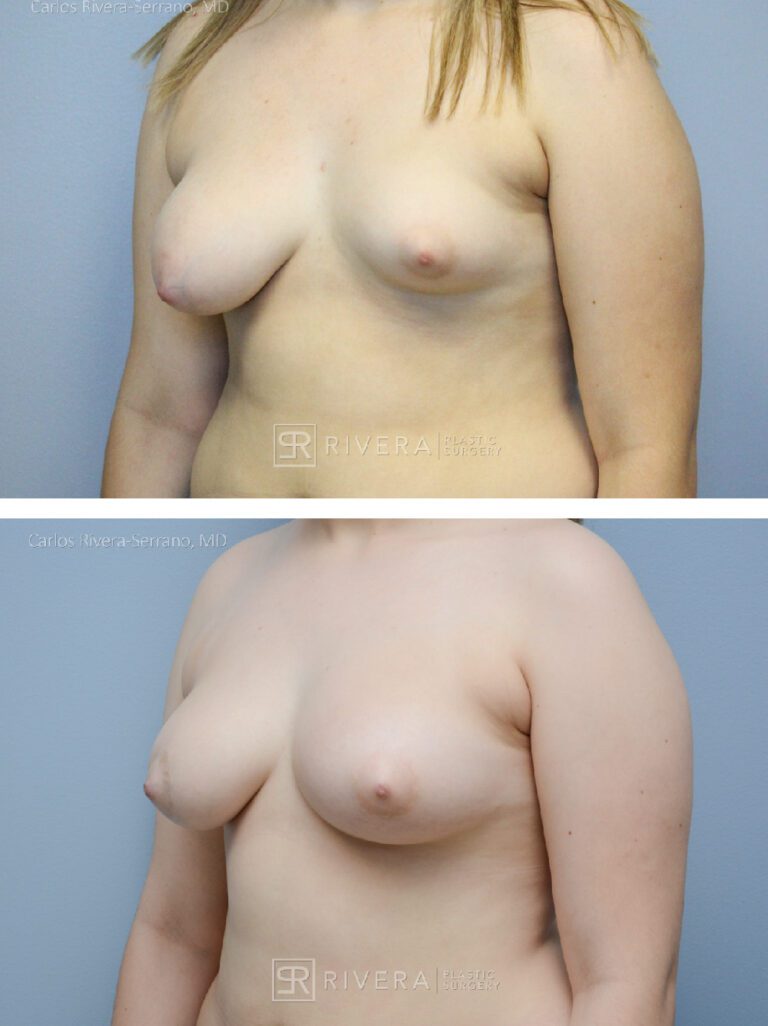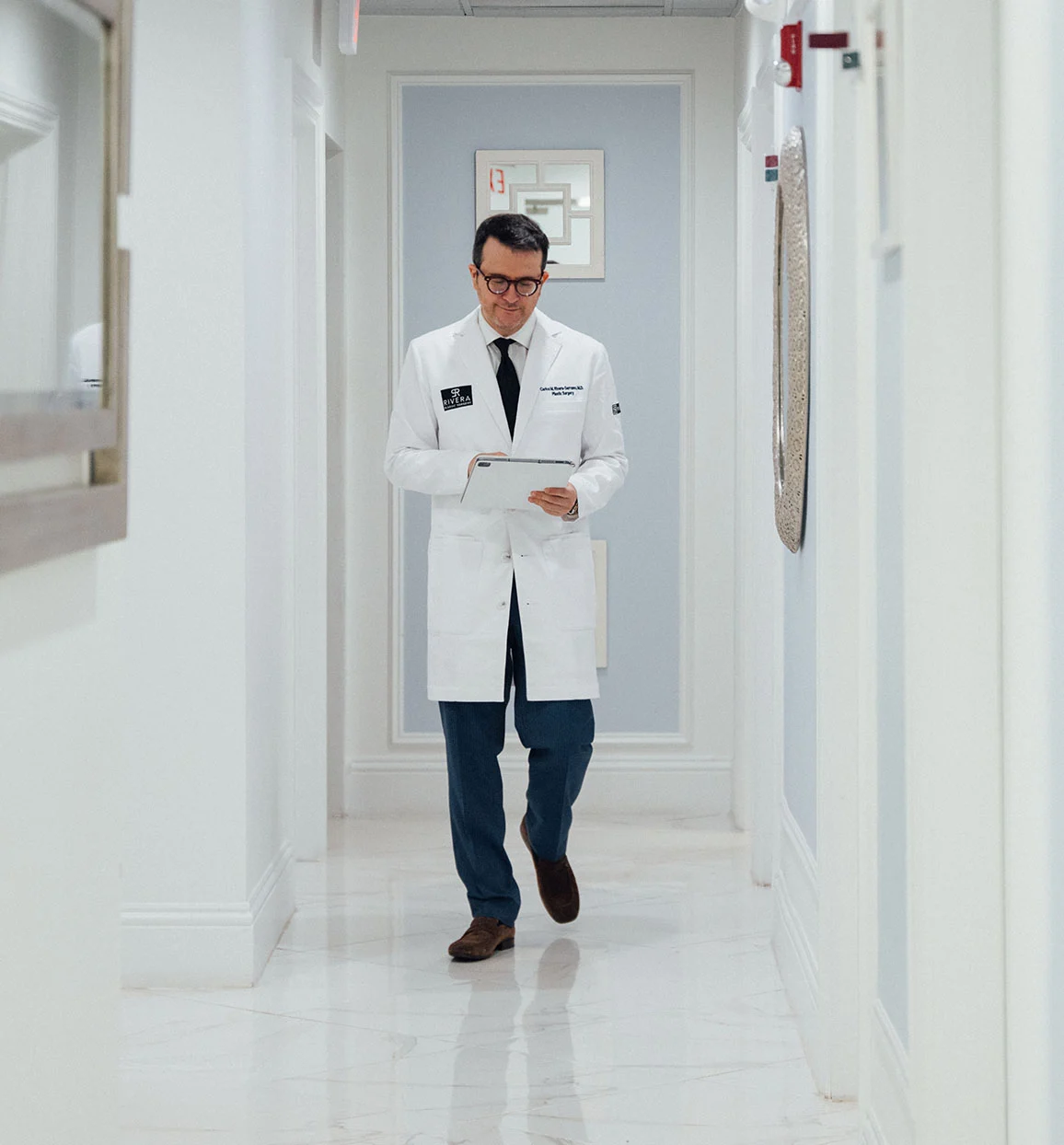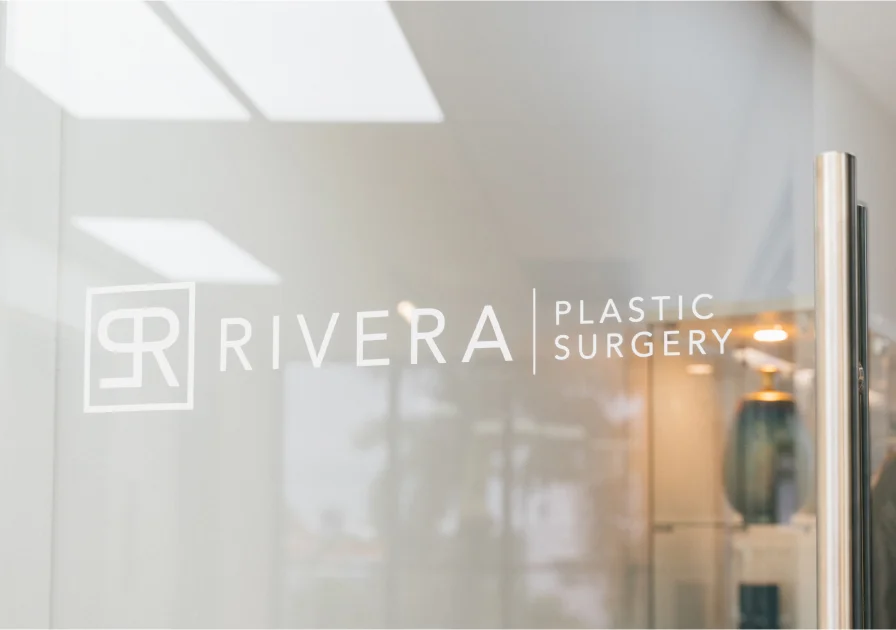It is important to understand that not all transferred fat survives (only approximately 70%-50%), and repeated procedures are sometimes needed. Given the above, a small amount of overcorrection is almost always carried out. Overall, fat grafting is better for deeper volumization. However, it is not good for some areas where the transferred fat tends to disappear completely, such as the lips, where our motion likely causes the newly transferred fat not to survive.
Fillers are better for superficial areas, as they provide more powerful corrections (although not permanent, typically lasting six months to several years). In summary, fat transfer and fillers do not compete but complement each other. Fat is more useful for patients who need larger volumes deeper in the face. One additional benefit of fat grafting is that using special techniques, Stem cells from fat can be isolated and injected for skin rejuvenation purposes during the fat transfer procedure.
Of note, an insider secret and something not understood by most patients, aesthetic providers, and even some surgeons is that fat grafting generally does not work well as a stand-alone procedure in older patients with loose skin. Fat transfer works well for patients with no redundant skin (younger ones or older ones after a facelift). This procedure works best if the skin is tighter and more elastic. Hence, Dr. Rivera-Serrano typically only performs fat grafting in older patients during or after a facelift. A personal consultation will determine what is best for you.
